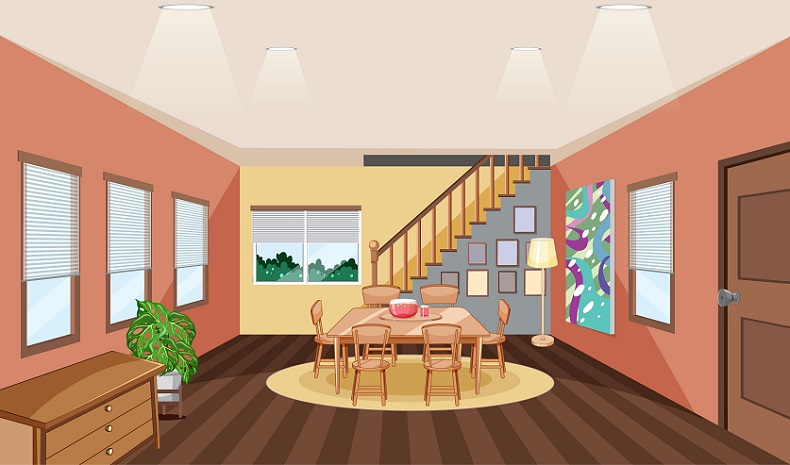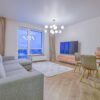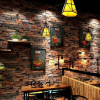
Elements of interior design
Ulterior usage of elements of interior design
An interior design space requires a balance with the best of attributes. Every space is designed within its particular limit and area. The area of interior design needs to look aesthetically pleasing and warm for the person to live in. The key elements of interior design enhance the look and feel of interior spaces. Interior designers follow the protocol by using the elements of design while planning to design an interior space. Exploring each element, before the final design is a necessity in interior design. The elements help in satisfying the client’s expectation for a perfect life in space.
A glimpse of the elements of designing
Every interior designer sees that the elements are involved with full effort and use to make an awesome interior space. The seven major elements of interior design are
- Space
- Line
- Form
- Light
- Colour
- Texture
- Pattern
Space:
The major element of interior design is space. Every space is analyzed well before designing it. It is the distance between the furniture and objects. This space factor creates a balance in the room. Usually, a wide-spaced room looks positive and well arranged. If the room is furnished then emptiness is shown up making it negative for the client. So an even amount of furniture is used up to design the room. The room should not be over-furnished as well. A general rule is applied where at least 1 m wide space is maintained for gaps between a sofa and its side table.
Line:
The line brings in direction and structure. Lines design the structure and position of a room. The furniture or the objects are placed in a specific line method. There are three types f lines used in interior design.
- Vertical
- Horizontal
- Dynamic
Horizontal lines make the space cozy and stable. The vertical lines make the space airy. Though the horizontal lines make the space stable, too many of these lines make it dull. The vertical lines in turn make the room look upward and forward. Vertical lines are mostly used on the ceilings and the tiles.
The dynamic lines are angular curved and zigzag. These lines create positive energy in the space. A contemporary and modern residential interior design space contains dynamic lines across the space.

Form:
A collection of lines that form a shape is called form. This collection combines to give various shapes. The shapes make the house warm and modern. They are man-made and they are mostly used in furniture. Square shapes bring softness to the furniture. There are two forms
- organic forms
- geometric forms
Both forms are used in interior design techniques for residential and commercial spaces as well.
Light:
This is a significant aspect of interior design. Every interior designer decides the design and analyses the technique only based on this element of interior design. The light brings joy to the space. The light decides whether the space is dull or bright in the room. Usually, interior designers use man-made aspects to bring the light into the room This enhances the lighting in the space. Each lighting is based on the usage of the room. The room designs are unique by using various kinds of light for it. Spacey interiors efficiently manage this work.
Patterns:
Lines, forms, stripes, motifs, and a few animal prints in a repetitive format are called patterns. These patterns are used across the room. They are used in wallpapers and wall patterns. The floor is also designed with various patterns. It is an element that offers decoration in the room space. All the patterns are also designed according to the need of the room. The patterns lie with the lines and their forms. Managing patterns is an art and making use of it in a wise way is the best example of a smart interior designer.’
Colour:
Another major element that adds life to the room is the color of the space. Every color determines the mood of the room. Residential space colors are much different to that from the colors used in a hospitality interior design space or a commercial interior design space. Interior designers usually leave it to the client’s choice when it comes to the selection of colors. Greens and blues bring calmness and enhance the positivity of the room. Dark colors are usually used for larger spaces. Bright colors are given to small spaces as they increase the illusion in the room. High-level shades such as yellow and red are used in kitchen design areas. Every color has its importance and uniqueness which is selected well by interior designing companies.
Texture:
This element is an enhanced version of colors and patterns in a living space. To attain a deeper version, both colors and patterns are mixed to form a pattern. Every texture has its importance and use. The textures are applied on the wall as well as on the floor. Some textures are based on the furniture that is involved in the room design. The texture is of two types
- Visual Texture
- Actual Texture
Visual texture is the one that our eyes perceive while the actual texture is the texture that we feel while touching and knowing its finish. A well-learned designer usually gives the room the texture that is necessary adding to the look and feel of the room. A finished design is by entangling the texture of the room.
Adding life to your room
The element of the interior design is an ulterior motive of making the room look presentable and liable. Every room has its usage and the festivity to the room is brought by then elements are its techniques applied to the room. Interior designers create enormous designs by using these elements of interior design. Interior designing companies make sure that every element is used in designing the space. The creativity in interior design space is brought in by these elements by Spacey Interiors. They enhance the room in an aesthetic manner.





0 comments